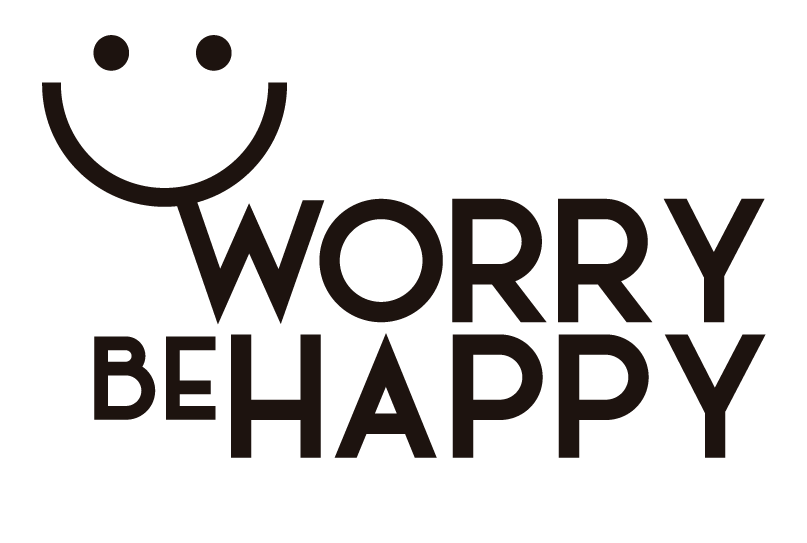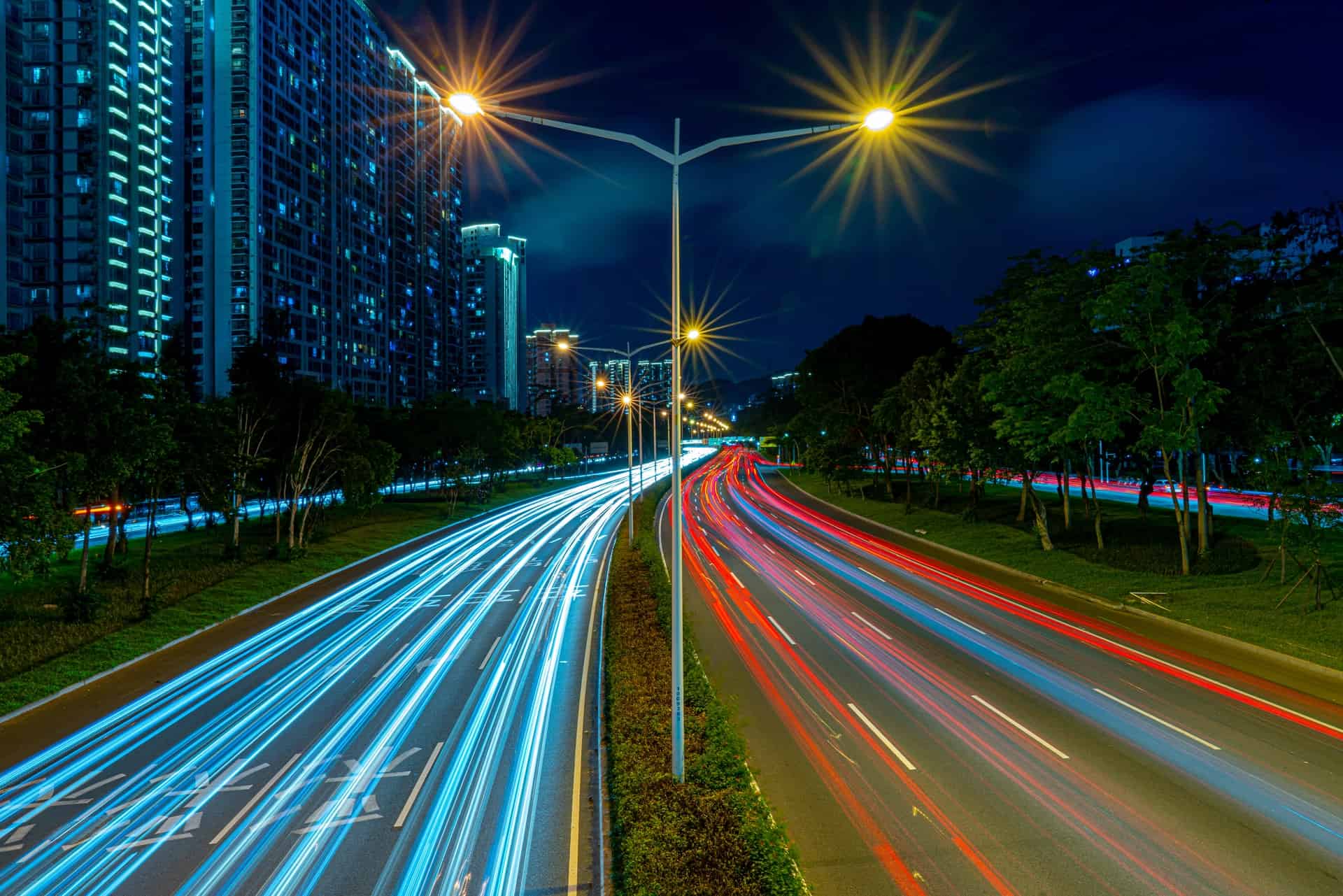Kjell Vandevyvere is a freelance writer (arewordsjustwords.com) who mainly writes in the productivity niche.
His favourite topics include habit creation and flow state.With the aim of providing "how to guides” that provide valuable information, he created www.topthreeguide.com in 2020.
Top Three Guide is a hub where you’ll find detailed productivity and self-growth advice with the necessary scientific backing.
“Master flow to find your most productive self” by Kjell Vandevyvere
What is the flow?
Have you ever been so focused you seemed to be floating in space? Like you were in a vacuum and everything around you was muted? Your mind was so at ease that you felt complete inner peace?
This is flow.
Even if you don’t know the word “flow”, you must know the experience. Runners experience it when they become one with their movements; pianists when their fingers dance from key to key; the entire FCB team when they magically pulled off the comeback of the century against PSG.
Flow is a state of optimal performance, total immersion and the most satisfying freedom. It is the best version of yourself, the doorway to completeness.
What is Flow: definition and background
The normal definition of flow is "a smooth uninterrupted movement or progress".
In psychology, flow’s meaning is a bit more nuanced. 'The flow is an altered state of consciousness in which the mind functions at its peak, time may seem distorted, and a sense of happiness prevails. In such a state the individual feels truly alive and fully attentive to what is being done. This state is distinguished from strained attention, in which the person forces himself to perform a task in which he has little interest.’
The relation between the word and its original meaning comes from feeling like you’re being carried by a river. As the current gently carries you downstream, you need not make choices. Everything just flows naturally.
How does flow feel?
Flow is selfless, effortless and timeless. It feels liberating and free of fear. Sometimes, you do not realise you’re in the flow because your attention is so deeply focused on the task at hand. There is no time to observe yourself.
Time dilates. You are focused and performing at such high levels that what seemed like an hour, was only a few minutes. Flow enables you to get loads done in little time. On the other end, what looked like 15 minutes, might have been a couple of hours. When you get lost in deep conversation, for instance.
How to recognise flow?
Are you still wondering if you've ever experienced flow? Chances are big you have. Here's what to look for:
- Your attention was focused on one thing.
- You were not multitasking at all.
- You were not talking to yourself.
- Your actions and awareness merged completely.
- You were free from worry and failure.
- You had little or no sense of self-consciousness.
- You had little or no notion of time.
- You weren’t focused on the goal.
- You felt rewarded by the process.
- You felt in control of yourself and the situation.
What is flow good for?
Thanks to some critical changes in the brain, people can reach performance levels beyond comparison. What can be achieved or learned during flow, surpasses any other human performances.
Firstly, there is no sense of self during flow. The ego disappears and there’s no room for self-criticism or fear of judgement, making you bolder and immune to perfectionism.
Secondly, flow puts you on a fast-track to mastery. Thanks to heightened awareness, faster processing and improved information retention, learning becomes easier and more effective.
Thirdly, increased pattern recognition and wider lateral thinking facilitate linking together old and new ideas. Coming up with brilliant solutions is a lot easier during flow.
Finally, full awareness, total immersion and highly-responsive senses lead to superhuman performances that cannot be matched by someone who’s not in the flow.
How does flow work?
In this part, we’ll discuss the anatomical, chemical and electrical changes happening in the brain when you’re in a flow state.
On a neuroanatomical level, the most important change is called transient hypofrontality; the prefrontal cortex temporarily shuts off. As a lot of higher-order processing and conscious thinking goes on here, this causes you to be free of self-criticism, fear of risk and emotions during flow.
Neurochemically, flow is characterised by the release of six performance-enhancing and mood-improving hormones:
- Norepinephrine
- Dopamine
- Anandamide
- Endorphins
- Serotonin
- Oxytocin
The combination of these chemicals makes you alert, stable and happy. Flow is the only state in which all six hormones come together. Therefore, it’s one of the most addictive, if not the most addictive, experience life has to offer.
The neuroelectrical changes during flow are related to brainwaves. Through brain scans, scientists have discovered five types of brainwaves: gamma, beta, alpha, theta and delta.
Beta is the default frequency for brainwaves. When you’re awake, most of your conscious thinking happens through these waves but, as you approach the subconscious, lower-frequency alpha waves slowly replace beta waves. Then, when you’re crossing the bridge to the subconscious, theta has become dominant. Flow lives on this bridge.
On this bridge, there’s a secret passage to gamma waves, which only opens during flow. These are very high-frequency waves that enable the superfast thinking made possible in flow.
Delta waves, finally, are very low-frequency brainwaves. They only exist during deep sleep and are related to brain recovery after an exhausting flow experience, for example.
The secret to success: the flow cycle
Unfortunately, the flow state isn’t something you can just turn on and off. Instead, it’s part of a specific four-stage cycle consisting of struggle, release, flow and recovery.
By understanding and mastering this cycle, you'll improve your chances of finding flow on a regular basis.
Let’s have a closer look at each stage of the flow cycle:
1. Struggle
Everything worthwhile starts with a struggle. During this unpleasant phase your main focus is to find information and develop the necessary skills as flow is found when challenge and skill are in perfect balance. Due to the related difficulties, stress hormones, like cortisol, tend to be released in the body.
2. Release
When the brain’s full of stress hormones, reaching flow is out of the question. That’s why you need a break after the struggle. During this phase, stress hormones disappear and the positive chemicals start to kick in. Inspiration starts to bubble up. It's time to take action.
3. Flow
Once you start acting upon your inspiration, your actions will start to flow. Thinking, moving and creating become natural, free-flowing actions. This is where you want to be; where you want to stay. Avoid all sorts of distractions to avoid being kicked out.
4. Recovery
Flow has a little problem: it requires a lot of energy. Flow depletes your hormone and energy storage. After these flow chemicals fade away, you might feel low. Just like the first stage, this one is quite unpleasant. Don’t try to rush your body into a next flow state but give it time to recover and refuel.
What you must remember about flow:
The flow is a magical state of performance. It makes you a temporary superhero, ready to tackle any challenge coming your way.
With the right environment and mindset, inducing flow is something you can train. Practise the flow circle. Use it to your benefit but don't abuse it.
Photo at the top courtesy of Donald Giannatti on Unsplash.

